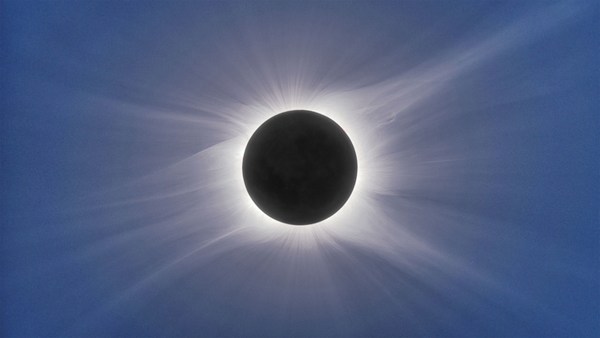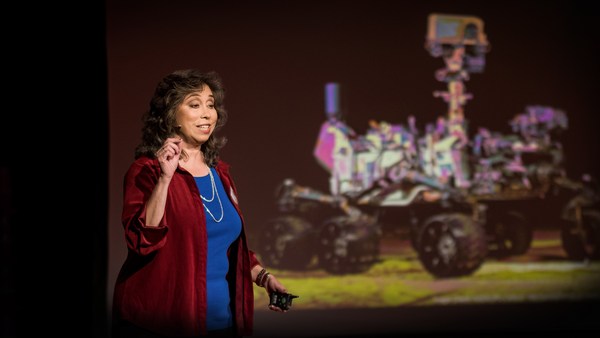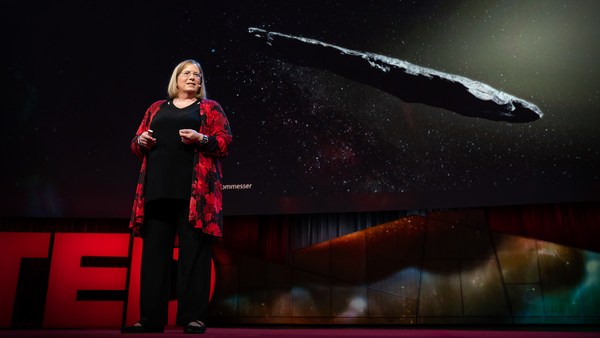It is almost the end of the winter, and you've woken up to a cold house, which is weird, because you left the heater on all night. You turn on the light. It's not working. Actually, the coffee maker, the TV -- none of them are working. Life outside also seems to have stopped. There are no schools, most of the businesses are shut, and there are no working trains. This is not the opening scene of a zombie apocalypse movie.
This is what happened in March 1989 in the Canadian province of Quebec, when the power grid lost power. The culprit? A solar storm.
Solar storms are giant clouds of particles escaping from the Sun from time to time, and a constant reminder that we live in the neighborhood of an active star. And I, as a solar physicist, I have a tremendous chance to study these solar storms. But you see, "solar storm chaser" is not just a cool title. My research helps to understand where they come from, how they behave and, in the long run, aims to mitigate their effects on human societies, which I'll get to in a second.
At the beginning of the space exploration age 50 years ago only, the probes we sent in space revealed that the planets in our Solar System constantly bathe in a stream of particles that are coming from the Sun and that we call the solar wind. And in the same way that global wind patterns here on Earth can be affected by hurricanes, the solar wind is sometimes affected by solar storms that I like to call "space hurricanes." When they arrive at planets, they can perturb the space environment, which in turn creates the northern or southern lights, for example, here on Earth, but also Saturn and also Jupiter.
Luckily, here on Earth, we are protected by our planet's natural shield, a magnetic bubble that we call the magnetosphere and that you can see here on the right side. Nonetheless, solar storms can still be responsible for disrupting satellite telecommunications and operations, for disrupting navigation systems, such as GPS, as well as electric power transmission. All of these are technologies on which us humans rely more and more. I mean, imagine if you woke up tomorrow without a working cell phone -- no internet on it, which means no social media. I mean, to me that would be worse than the zombie apocalypse.
(Laughter)
By constantly monitoring the Sun, though, we now know where the solar storms come from. They come from regions of the Sun where a tremendous amount of energy is being stored. You have an example here, as a complex structure hanging above the solar surface, just on the verge of erupting. Unfortunately, we cannot send probes in the scorching hot atmosphere of the Sun, where temperatures can rise up to around 10 million degrees Kelvin. So what I do is I use computer simulations in order to analyze but also to predict the behavior of these storms when they're just born at the Sun.
This is only one part of the story, though. When these solar storms are moving in space, some of them will inevitably encounter space probes that we humans have sent in order to explore other worlds. What I mean by other worlds is, for example, planets, such as Venus or Mercury, but also objects, such as comets. And while these space probes have been made for different scientific endeavors, they can also act like tiny cosmic meteorological stations and monitor the evolution of these space storms. So I, with a group of researchers, gather and analyze this data coming from different locations of the Solar System. And by doing so, my research shows that, actually, solar storms have a generic shape, and that this shape evolves as solar storms move away from the Sun. And you know what? This is key for building tools to predict space weather.
I would like to leave you with this beautiful image. This is us here on Earth, this pale blue dot. And while I study the Sun and its storms every day, I will always have a deep love for this beautiful planet -- a pale blue dot indeed, but a pale blue dot with an invisible magnetic shield that helps to protect us.
Thank you.
(Applause)





